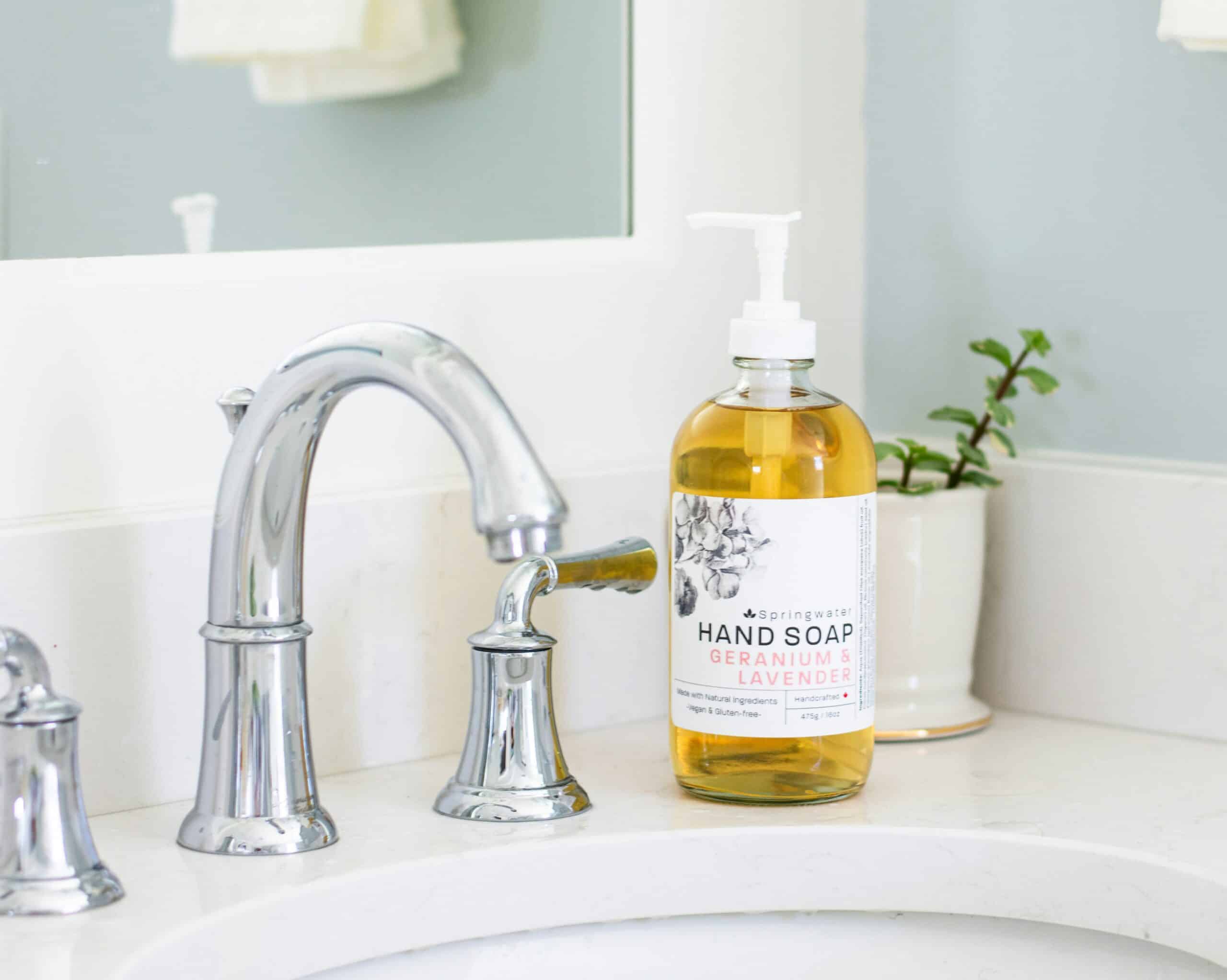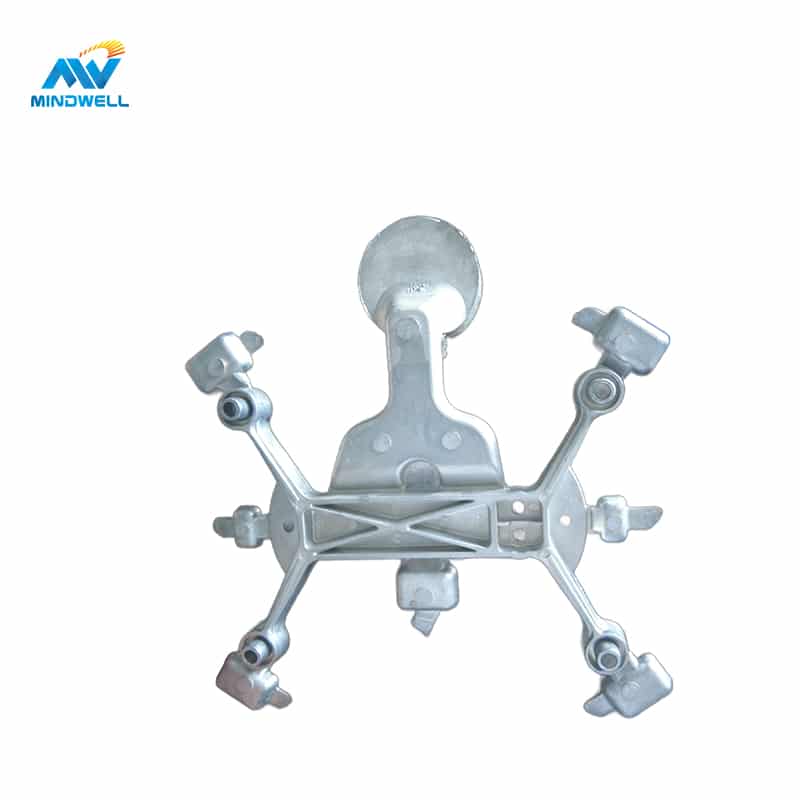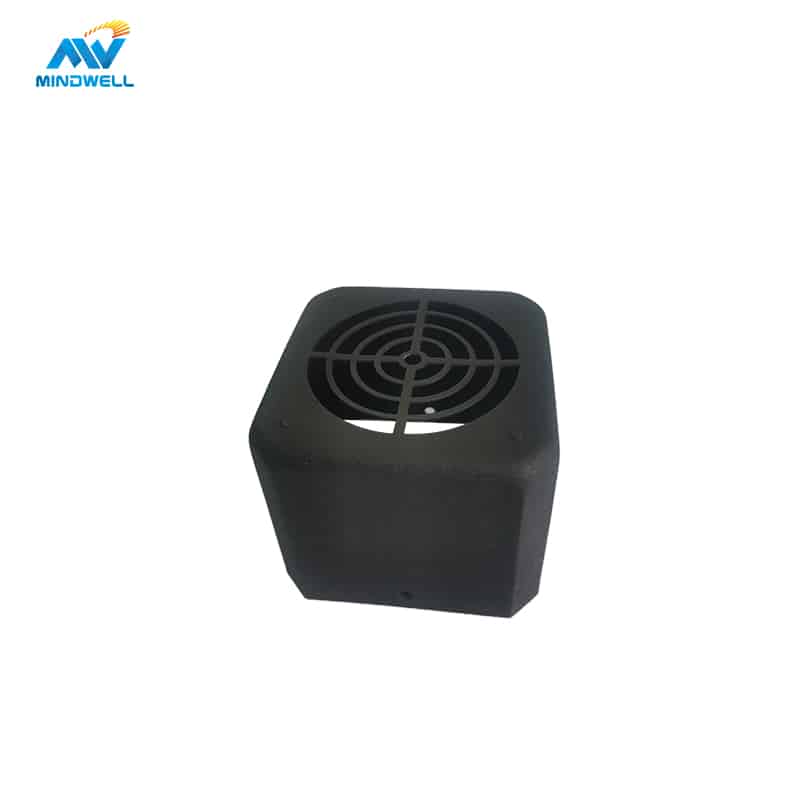Most aluminum alloy materials contain more than 90% aluminum, and aluminum is a relatively active metal. This silver-white light metal has good ductility, that is to say, we can easily put the raw materials Shape it into what you want.
The melting point of aluminum is not high in metals, about 660°C, while the boiling point reaches 2327°C. In other words, the difficulty of keeping aluminum in a liquid state is not very high, which provides natural conditions for aluminum to be widely used in the foundry industry. The development of the surface treatment process of aluminum alloy castings can perfectly make up for this short board, so that aluminum alloy die castings have a broader space in the application level. There are many methods for surface treatment of aluminum alloy die castings. According to different alloy materials and different uses of castings, an appropriate surface treatment method can be selected. Among the many surface treatment processes of aluminum alloy castings, the most widely used one is anodizing.

Eloxieren
Anodic oxidation treatment is the use of electrochemical methods. In a suitable electrolyte, the alloy parts are used as the anode, and the stainless steel, chromium, or conductive electrolyte itself is used as the cathode. Under certain voltage and current conditions, the anode is oxidized, thereby The process of obtaining an anodized film on the surface of the workpiece requires anodic oxidation with sulfuric acid in the anodic oxidation coloring process.
Restriction of sulfuric acid anodizing on aluminum alloy material
- The existence of alloying elements will reduce the quality of the oxide film. Under the same conditions, the oxide film obtained on pure aluminum is the thickest, with the highest hardness, the best corrosion resistance, and the best uniformity. For aluminum alloy materials, in order to obtain a good oxidation effect, it is necessary to ensure that the aluminum content is not less than 95% under normal circumstances.
- In the alloy, copper will cause the oxide film to turn red, destroy the quality of the electrolyte, and increase oxidation defects; silicon will make the oxide film gray, especially when the content exceeds 4.5%, the effect is more obvious; due to its own characteristics, iron, After anodizing, it will appear as black spots.
Die casting aluminum alloy
Cast aluminum alloys and die castings generally contain high silicon content, and the anodic oxide film is dark in color, and it is impossible to obtain a colorless and transparent oxide film. With the increase of silicon content, the color of the anodic oxide film varies from light gray to Dark gray to dark gray. Cast aluminum alloys are therefore not suitable for anodizing.
The commonly used die-cast aluminum alloys can be divided into three categories:
One is aluminum-silicon alloy, mainly including YL102 (ADC1, A413.0, etc.), YL104 (ADC3, A360); the second is aluminum-silicon-copper alloy, mainly including YL112 (A380, ADC10), YL113 (A383, ADC12), YL117 ( B390, ADC14); The third is aluminum-magnesium alloys, mainly including 302 (5180, ADC5, ADC6).
Al-Si Alloy, Al-Si-Cu Alloy
For aluminum-silicon alloys and aluminum-silicon-copper alloys, as the name suggests, silicon and copper are the main components besides aluminum; usually, the silicon content is between 6-12%, which mainly plays a role in improving the fluidity of the alloy liquid The content of copper is second only, mainly to enhance the strength and tensile force; the content of iron is usually between 0.7-1.2%, within this ratio, the demoulding effect of the workpiece is the best.
It can be seen from its composition that it is impossible for this type of alloy to be oxidized and colored, and it is difficult to achieve the desired effect even if desiliconization is used. However, for aluminum-silicon alloys or aluminum alloys with higher copper content, it is difficult to form an oxide film, and the formed film is dark, gray and has poor gloss.
Al-Mg Alloy
The oxide film of aluminum-magnesium alloy is easy to form, the quality of the film is also better, and it can be oxidized and colored. This is an important feature that distinguishes it from other alloys; but comparatively speaking, there are also some shortcomings.
The anodized film has duality, and the pores are large and unevenly distributed, making it difficult to achieve the best anti-corrosion effect;
Magnesium has a tendency to produce hardening and brittleness, reduce elongation, and increase hot cracking, such as ADC5 and ADC6. In production, because of its wide solidification range and large shrinkage tendency, shrinkage porosity and cracks often occur, and the casting performance is extremely poor. , therefore, there are relatively large limitations in its scope of use, and workpieces with slightly complex structures are not suitable for production at all;
The aluminum-magnesium alloy commonly used in the market, due to its complex composition and low purity of aluminum, it is difficult to produce a transparent protective film during anodic oxidation with sulfuric acid.
In summary, it can be seen that sulfuric acid anodization is not suitable for common die-casting aluminum alloys; however, not all die-casting aluminum alloys cannot achieve the purpose of oxidation and coloring, such as Al-Mn-Co alloy DM32, Al-Mn-Mg alloy DM6, etc. Excellent die casting performance and oxidation performance.
can you anodize die cast aluminum?
Die-casting aluminum can be anodized, and the composition of die-casting aluminum is 97% aluminum, and does not contain silicon. Ordinary aluminum alloy materials such as ADC12, A380 and other materials contain silicon elements above 11, so they cannot be anodized. However, if the silicon content of the aluminum alloy raw material of the new material is less than 0.3, it can be die-casted, and anodized in various colors after forming.
Anodizing Solutions for Die Cast Aluminum
Die-casting parts can complete the structure, edges and corners, and oxidation quality that are difficult to achieve for forging parts, car parts/CNC parts, and the quality of the die-casting parts is very important. A small change and detailed process control determine the quality of the anode. . Manufacturers engaged in the oxidation of die castings must scientifically control the runner technology, die casting process and post-processing methods of the mold. With this series of strict control processes, the smooth production of oxidation quality can be guaranteed.
- The anodic oxidation of aluminum alloy is a process in which aluminum alloy products are set up as anodes, placed in a pool filled with an electrolyte solution for electrification, and a dense aluminum oxide film is formed on the surface of aluminum alloy castings by electrolysis.
- After anodic oxidation treatment, a layer of oxide film will be formed on the surface of alloy castings. Compared with the natural oxide film of aluminum alloy, this layer of oxide film has significantly improved and enhanced corrosion resistance, wear resistance and decorative properties. .
- Anodizing can be said to be a relatively simple method in the surface treatment of aluminum alloy castings. At the same time, it is the most widely used method. Aluminum alloys, magnesium alloys, zinc alloys, etc. can all use anodizing for surface treatment.
- Although the anodizing of aluminum alloy is simple to operate, the classification of anodizing of aluminum alloy itself is very complicated, because aluminum is a good social person, and can chat with anyone.
- Anodizing can be divided into DC anodizing, AC anodizing, and pulse current anodizing according to the current type.
- According to the electrolyte, it can be divided into acidic anodic oxidation and alkaline anodic oxidation: sulfuric acid type, oxalic acid type, chromic acid type and mixed acid type are the representative of acidic anodic oxidation. The anodic oxidation method using sodium hydroxide as the electrolyte is the representative of alkaline anodic oxidation, which is usually called alkaline cleaning.
- According to the nature of the oxide film on the surface of aluminum alloy castings, it can be divided into: ordinary film, thick film, porcelain film, bright modification layer, barrier layer of semiconductor effect and other anodic oxidation.
Die-casting Aluminum Anodizing Experience Sharing
- The design of mold runners and gates, and the control of mold temperature; due to the large amount of aluminum in the raw materials, poor fluidity, and high working temperature, the runners and gates of the mold are designed based on the short-range design; Use the mold temperature controller to ensure the equilibrium temperature of the mold, and overcome local overcooling and excessive flow marks;
- The use of raw materials avoids pollution factors; choose raw materials with low impurity content; when producing and using, eliminate the pollution of silicon, copper, iron and zinc elements, that is, high-quality graphite crucibles must be used alone, and cannot be mixed with other raw materials for production;
- Process control in the die-casting process reduces watermarks and black watermarks; professional mold release agents are used during die-casting production, scientifically sprayed, to reduce residual water drops in the cavity and avoid die-casting watermarks; control die-casting pressure and speed to reduce local overpressure of filling, Easy to stick mold;
- Pre-processing of blanks; after machining, according to product requirements, manual polishing or grinding to remove burrs and oxide layers;
- Because the bottom layer of the die-casting skin contains shrinkage cavities and stains in different degrees; therefore, the anodic pretreatment must be based on the conventional aluminum alloy process, and the method should be adjusted to make the surface oxide layer of the casting clean before the anodic process can be performed, that is, the conventional post-oxidation process The production cannot satisfy the oxidation process of die castings, and there should be a professional manufacturer that tests and audits before mass production to verify the suitability.






